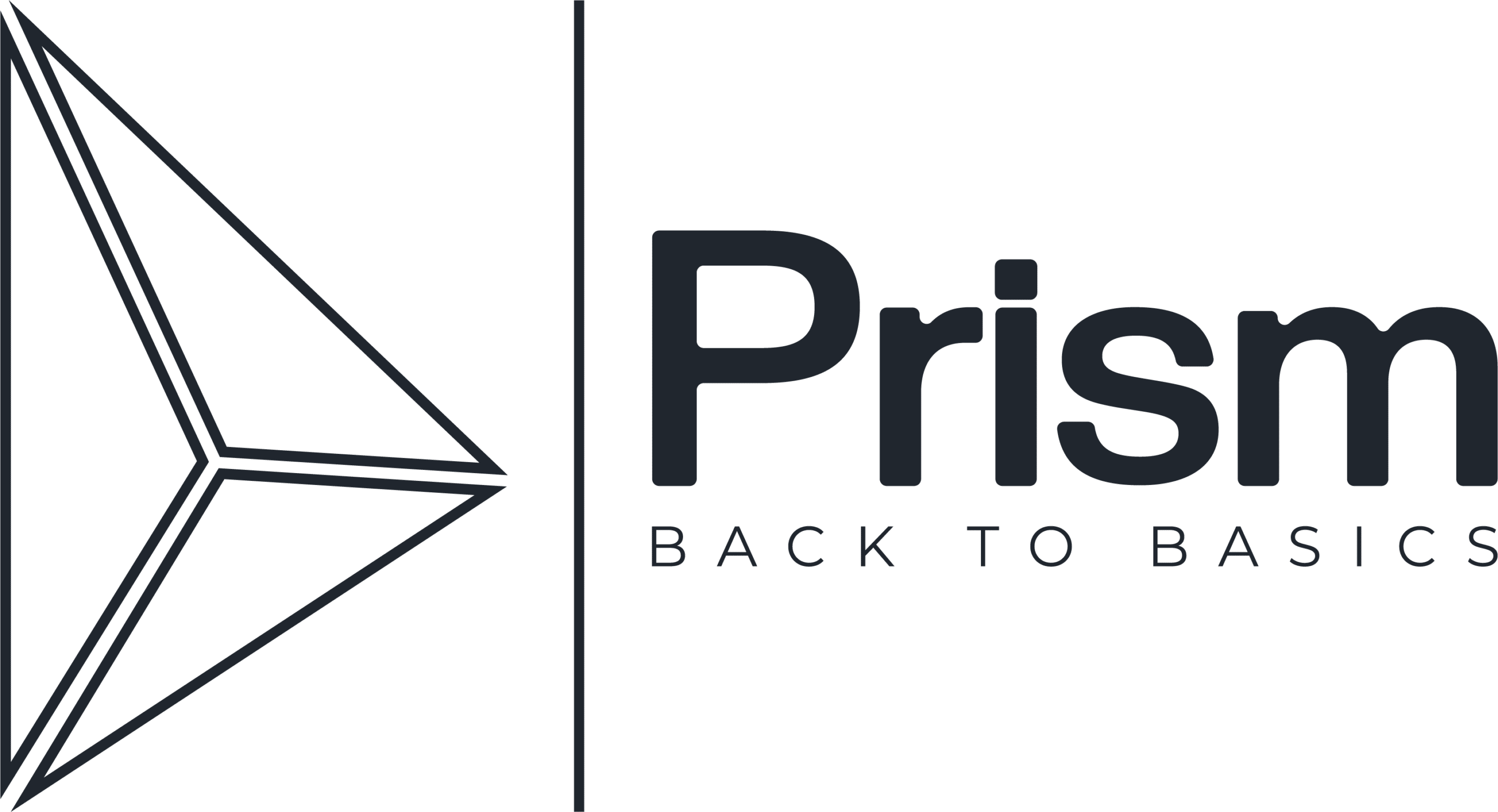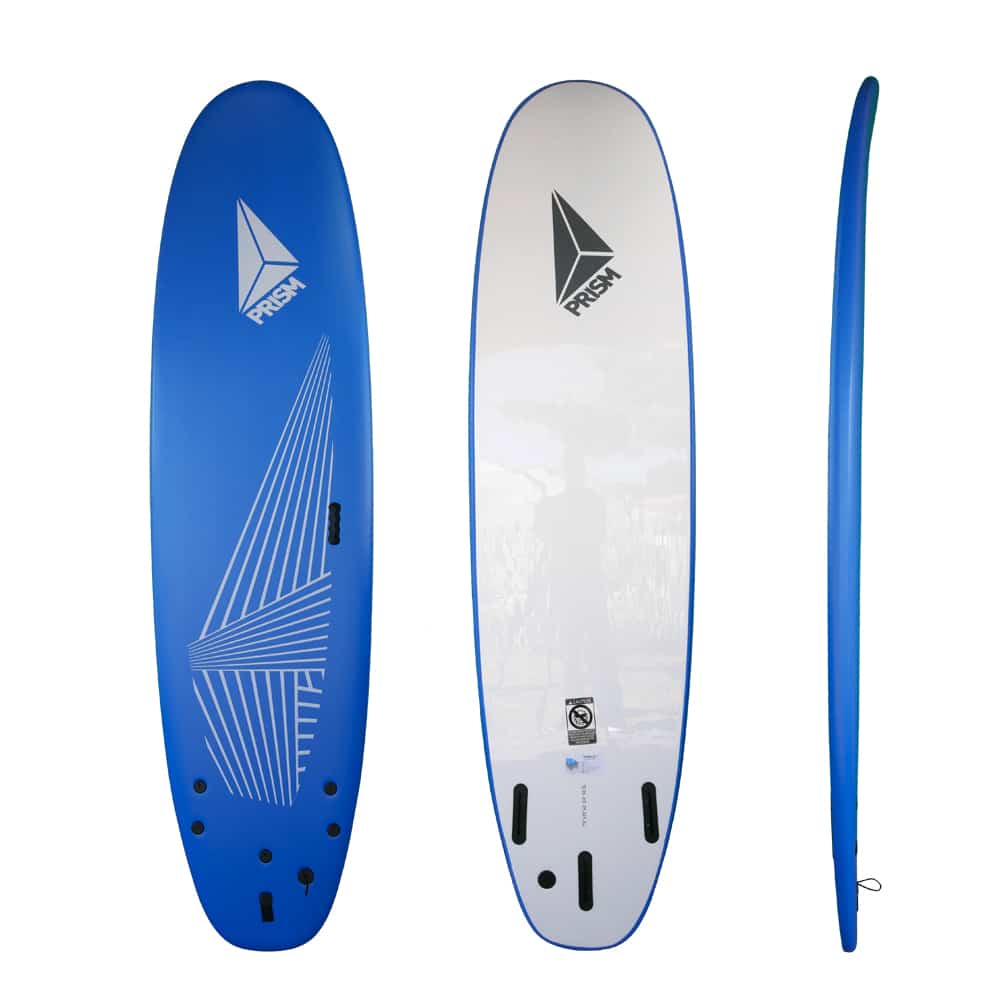- History :
Softboards, also known as foam surfboards, first appeared in the 1950s. However, it wasn't until the 1980s that their popularity really exploded.
In the 1950s, surfers mainly used boards made of solid wood, then fiberglass. Foam boards appeared in the 1950s thanks to the efforts of Tom Morey, who invented the first foam surfboard. However, this board was relatively fragile and impractical to use.
In the 1960s, foam boards began to be used for training lifeguards at sea. These boards were stronger and more durable than their predecessors, making them ideal for use at sea. Over time, surfers began to realize that foam boards were also easier to use for learning and practicing surfing.
In the 1980s, Australian surfboard brand G&S Surfboards introduced a new version of the foam surfboard, called the "Softech". This board was lighter and more maneuverable than previous models, which contributed to its growing popularity. Foam surfboards have become very popular with beginners due to their buoyancy and ease of use.
In the 1990s and 2000s, foam surfboards were developed for experienced surfers. The boards were designed to offer greater performance and maneuverability, while retaining the buoyancy and stability advantages of foam boards. Foam boards have become a popular alternative to fiberglass boards, especially for surfers looking to ride smaller, softer waves.
Today, foam surfboards are available in a wide variety of shapes, sizes and styles to meet the needs of all surfers, beginners and experienced alike. They are also very popular for teaching surfing in surf schools and surf clubs.
- Foam surfboard constructions:
Before we get started, here is a glossary of terms to help you understand what we're talking about:
- IXPE: Closed-cell foam, also known as polyolefin foam. It is light, very rigid and does not retain water. It can be used for thermal insulation, padding or fireproofing.
- PE: This is cross-linked polyethylene foam, which has similar properties to IXPE foam. However, it has a rougher surface and is therefore not used on surfboard decks to avoid irritation during surf sessions.
- EPS: Also known as expanded polystyrene, this is a foam commonly used for the core of epoxy resin surfboards. Its high density and exceptional buoyancy make it an indispensable component of surfboard construction.
- HDPE: This stands for high-density polyethylene, a thermoplastic used to cover the hulls of surfboards and bodyboards. It ensures optimum water flow when surfing, and is also an essential component of foam surfboards.
There are several types of construction for foam surfboards. First of all, it's important to differentiate between foam surfboards and resin surfboards with a soft foam coating (softtop).
- Epoxy/EVA foam boards:

The softop resin surfboard is similar to a classic resin surfboard, except that the last layer of resin is replaced by an IXPE foam deck. The underside of the board is generally covered with HDPE slick, as with all foam boards.
By retaining a traditional core, these boards are stiffer and therefore perform better. They are generally less suitable for beginners, and are more recommended for experienced surfers who want a board for summer fun without injury, while enjoying good gliding performance.
- Classic foam boards:

For a classic foam surfboard to be surfable, it must be made up of several very important key elements. It absolutely must have an EPS foam core, HDPE slick on the underside and non-abrasive foam on the top.
But that's not enough to make a good foam surfboard! If it lacks rigidity, the board won't react properly to pressure and may break easily, like an ordinary beach toy.
To reinforce and solidify the surfboard, a reinforcing stringer is generally used in the middle of the board, along its length.
It's also essential that the foam is dense enough not to absorb water and turn into 20 kilos of dead weight under the surfer's feet!
- What size and shape board?
There's a wide variety of foam surfboards on the market, with different manufacturing qualities and a multitude of unique and original shapes. However, there are clear trends, such as eggs, fishs, mini-malibuses and longboards.
Your choice of surfboard shape will depend on a number of factors, such as your surfing ability, your weight/size, your preferences and the type of waves you want to ride. For example, for a 70 kg beginner, we recommend an egg or mini malibu with a length of 7'0 to 8'0, depending on your fitness level, as the more fit you are, the more volume you can drop to gain in maneuverability on the wave.
For a 35 kg child who is past the beginner stage, a 6'6 egg-shaped board would be ideal for progressing while having fun and maintaining maximum comfort.
On the other hand, a person weighing over 80 kg who has only taken a few surfing lessons should choose a mini-malibu of at least 8'4, or even 9'0, depending on their surfing regularity.
PRISM foam surfboards offer many advantages over the competition. They are built from quality materials to create strong, efficient and reliable boards. Shapes are developed, designed and tested in France to meet user needs and local surf conditions. PRISM offers a wide range of sizes and shapes for all levels, from 6'0 to 9'0 in egg, mini malibu and longboard.
The structure of PRISM boards features a 100% hydrophobic EPS core to prevent foam impregnation and board weight. The high density of this core and the two marine wood stringers running lengthwise through it ensure maximum rigidity and strength for optimum surfing performance. The top of the board is reinforced with a layer of PE foam for extra rigidity when turning. This layer is bonded to the EPS core by a heat-sealed layer. To avoid any abrasive effect on the wetsuit or the surfer's skin, the final layer is covered with an IXPE coating, which is equally dense and hydrophobic to prevent water absorption.
The PRISM foam surfboard is equipped with fin boxes compatible with FCS 1 and 2 fins, and comes with FCS 2 fins. You'll find fins for your board in every store in France!
PRISM surfboards stand out from the competition by cutting out the middleman. In fact, the boards are produced and sold directly to the surfer, cutting out an average of 3 additional middlemen. This is the main reason why PRISM boards are priced below the competition!

